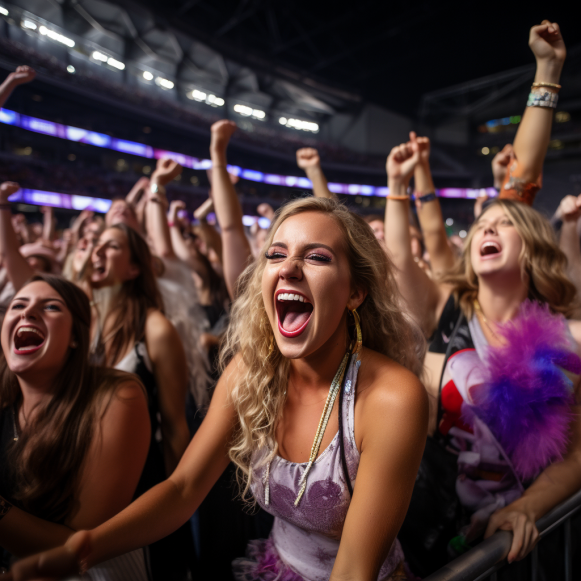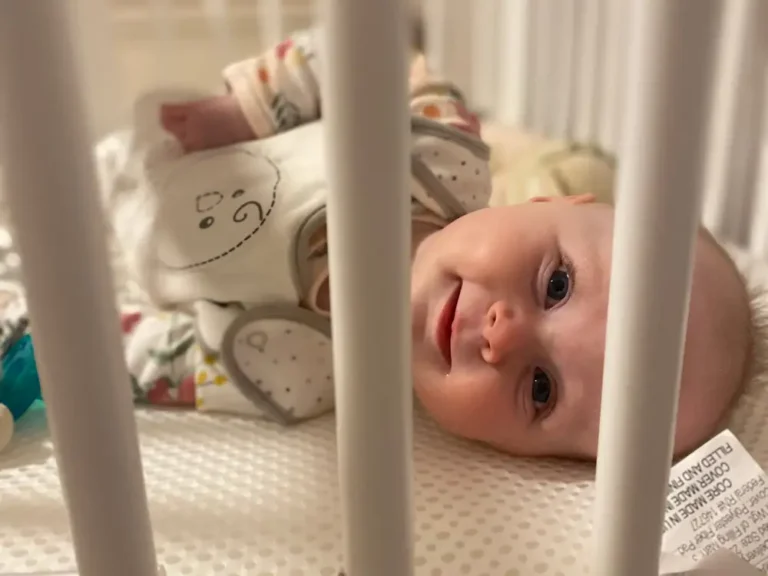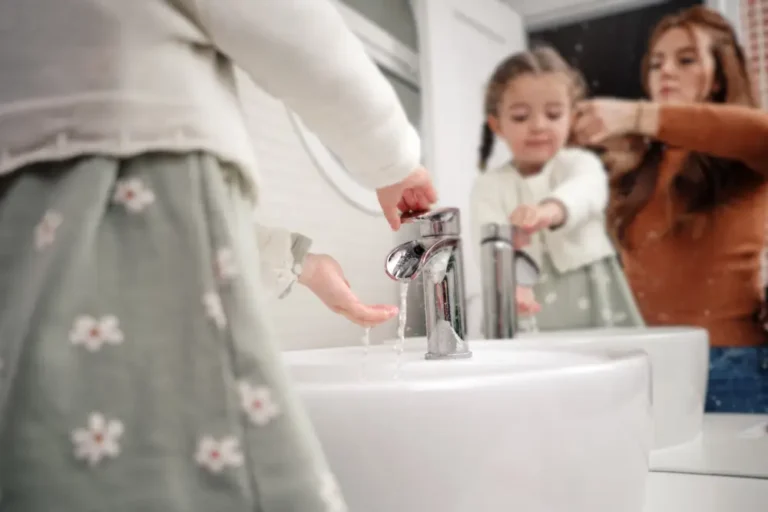Column: Concertgoers of all ages are ruder than ever. There’s an easy fix.

I’ve been toying with the idea of writing a column about concert etiquette for years. But I’ve always resisted doing so, assuming that the people who needed to read it would never do so.
This year, things changed. The concert industry not only survived the pandemic, but it is now larger than ever, with artists eager to return to the road and fans eager to see shows rather than deal with the fear of missing out.
However, concertgoers are worse than they have ever been. One of the summer’s most bizarre trend stories involved recounting the various items people threw at performers on stage. Back in July, the Today Show compiled eight such incidents, including a mobile phone thrown at Drake and a bag containing a fan’s mother’s ashes thrown at Pink.
For me, the tipping point came last month at a show at the Xcel Energy Center. I was waiting for an elevator with two women in wheelchairs. When the doors opened, a swarm of clueless baby boomers rushed in and filled the room. I couldn’t believe it, and when I turned to apologize to the two women, they responded with a sad resignation that this wasn’t the first time something like this had happened.
What is the matter with people? Large crowds have always been filled with bad people, but I believe it got worse after the lockdown. People had forgotten how to be courteous to others. That, combined with ever-increasing ticket prices, appears to have emboldened people to behave badly because, well, they paid a lot to be there and believe they deserve it.
As someone who has spent the last 19 years reviewing local arena and stadium concerts, I can tell you that bad concertgoers come in all ages, races, and demographics. People who behave badly in public come in all shapes and sizes.
The good news is that there is a simple solution. The bad news is that the people who need to follow this fix are unlikely to do so. But I’m hoping that at least some people realize what they’ve been doing wrong and take some of my advice.
So, as I previously stated, this fix is simple. When in a crowd, people simply need to be more self-aware of themselves and others. Consider how much more enjoyable things like concerts, grocery shopping, and driving would be if more people paid attention to their surroundings.
However, I do have some additional suggestions for improving the live music experience. I can only hope to persuade a few people along the way.
Get ready for the show
Before you go to the local hockey rink or football stadium, take a few moments to prepare. It’s becoming more common for venues to send out a “here’s what you need to know” email the day before the event, outlining the basics like the bag policy, parking and dining options, and timing for the doors opening and showtime. For each concert, the same information is also available on the venue’s website.
I see a significant issue at the entrances. Some people are still surprised that they must pass through a metal detector. And then there’s the bag thing. Only small clutches, wristlets, and wallets are generally permitted. I’ve seen many grown women argue with security over a clutch that’s an inch or two too big.
You could argue that these rules are pointless, and that much of it is just ridiculous security theater. I agree, and I’m sure the security guards do as well. Keep in mind that some restrictions may be imposed due to the professional sports league that uses the space, rather than the venue itself. But keep in mind that yelling at security about the size of your bag does nothing to change the policies; it only agitates security and the people in line behind you.
Again, a few minutes of reading prior to the show is completely worthwhile. You’ll find out if the venue is now cashless and how many opening acts are on the bill. Although large venues do not like to publicly share exact set times, you can get an idea of when the main act will be on stage. The doors open time is simply when fans can begin entering the venue. Showtime is usually one or two hours after the doors open. In most cases, the opening act will begin at or shortly after that time. The majority of arena and stadium concerts take place between 10:15 and 11:15 p.m.
If there is a general admission floor and you have tickets for a seat, you should avoid arriving when the doors open because there will most likely be large crowds of people waiting to snag a prime spot near the stage. If you’re not interested in the opening act, try to arrive at the posted showtime because the crowds will be thinner.
Be considerate
Getting to your seat at a concert requires a lot of interaction with other concertgoers as well as venue employees. It’s a process that could go much more smoothly than it does.
Don’t yell if you’re in a confined space with others, such as an elevator. If you’re in a parking garage or ramp, don’t honk. Prepare your phone, keys, and any other metal objects to be thrown into the tray as you pass through the metal detector. If you’re in line for a snack or a beer, make your decision before you get to the register.
When you pass through security or exit an escalator, don’t stop and obstruct the path of those behind you. Put your phone in your pocket and pay attention to where you’re going and the people around you when you’re walking through a crowd.
Don’t be a jerk to venue employees, some of whom may be volunteers working concessions. Remember that while you’re there to have fun, they’re there to work. If the workers do not have to deal with rude concertgoers, their job becomes easier and more enjoyable.
Enjoy the concert once you’ve taken your seat. Be aware of group dynamics as well. If everyone in your section decides to stand, you must as well in order to see the stage. If everyone else is dancing, feel free to join in if that’s your thing. If everyone else is sitting and you want to dance, go ahead and do it. However, do not invade other people’s personal space, and do not yell at those around you to relax. Everyone despises that, believe me.
Singing along to songs is acceptable, and some acts actively encourage it. Don’t yell along with the music. Consider enjoying the concert in ways that allow others to enjoy it as well, rather than spending time giving you dirty looks. (This is Minnesota, so dirty looks are common.)
It’s normal for people to drink at concerts. It’s an important part of going to see a show for many people. But don’t be careless. Don’t get any beer on the people around you. And, without a doubt, if you’ve had too much to drink and are feeling queasy, get as far away from people as possible and into a bathroom stall. Throwing up on people at a concert should be considered a misdemeanor. (Call your legislators and demand action!)
After the show
Leaving concerts is much easier if you walked, biked, or took public transportation there. (I’ve taken the Green Line to nearly every U.S. Bank Stadium show without incident.) There’s also the option of grabbing a drink or snack at a nearby bar while you watch the crowds thin. You should be aware that large venues do not like crowds remaining inside after the show has ended.
If you did drive, now is the time to put that phone to good use. Driving away from a venue typically results in traffic jams at parking ramp exits and nearby intersections. Remember that the larger the show, the more likely it is that people from out of town will attend who are unfamiliar with the streets surrounding a venue. I’ve long used a simple trick to get out faster.
Open your phone’s map app, enter your final destination, and then dismiss it. Let go of the idea of a single path home and consider it in terms of taking the path of least resistance. Use side streets or whatever it takes to get away from other vehicles. Then, let the phone guide you the rest of the way. Your journey may take longer than expected, but it is preferable to wasting time in a long line of cars.
Concerts are a lot of fun! Live music is fantastic! And it doesn’t take much effort to improve the overall experience.






